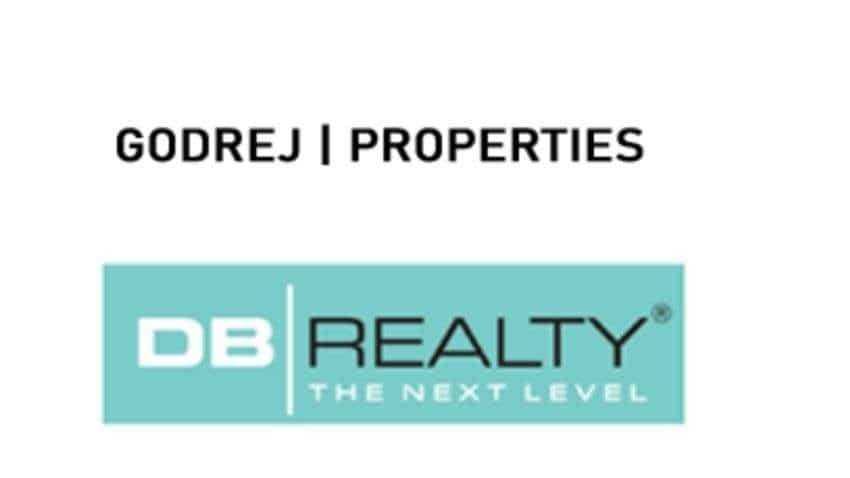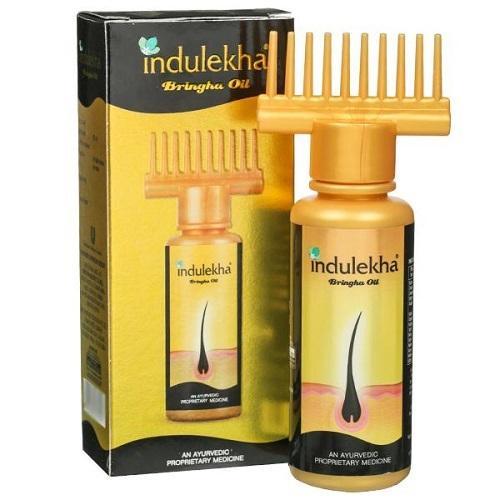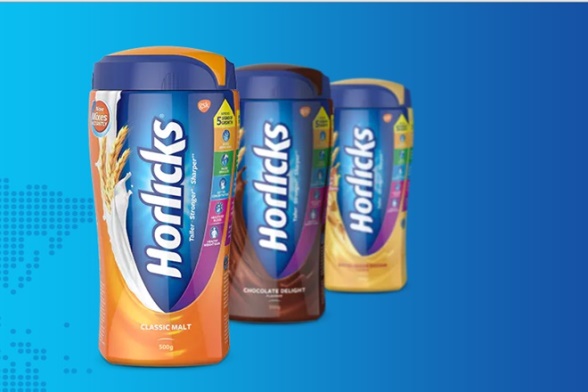
Boston Consulting Group’s Matrix is a business analysis tool to evaluate the strategic position of a business unit in terms of its brand portfolio and its future prospects. The matrix classifies business portfolio into four categories based on two dimensions; industry attractiveness (growth rate of that industry) and relative market share. These two dimensions reveal health of the strategic business units (SBU) in terms of financial support needed from the point of view of sustenance. Star SBU represents business units having large market share in a fast growing industry. Cash Cow SBU represents business units having a large market share in a mature yet slow growing industry. Cash cow SBU requires little investment but they generate steady cash that can be utilized for investment in other business units. Question mark SBUs represent business units having relatively low market share in a high growth industry and Dog SBU represents businesses having weak market shares and they operate in low-growth markets. They are cash traps.
The general purpose of the analysis is to help understand in which SBU brands the firm should invest in and which ones should be divested. BCG Matrix is a four celled matrix (a 2 X 2 matrix) developed by Bruce Henderson for the Boston Consulting Group in 1970 in USA.
This matrix helps in doing a comparative analysis of business potential and the evaluation of business environment. Relative market share shows SBU Sales this year leading competitor’s sales this year and market growth share shows industry sales this year minus industry Sales last year. The analysis requires that both measures be calculated for each SBU. The dimension of business based on strength and relative market share will measure comparative advantage indicated by market dominance. The key theory underlying this fact is existence of an experience curve and that market share is achieved due to overall cost leadership.
There are four strategies based on BCG Matrix: Build, Hold, Harvest and Divest.

Build
Organization increase investments in SBUs which have promising products and attractive market share; a thrust is laid on such products which have potential to grow. For example an organization can push a Question mark into a Star and finally a cash cow. Recently in February 2022, real estate firm Godrej Properties which is one of SBUs of Godrej Group of Companies declared its plan of investing Rs. 400 crore to acquire around 10 per cent stake in DB Realty and another Rs 300 crore to set up a joint platform for undertaking slum redevelopment projects. Mumbai-based Godrej Properties Ltd (GPL), one of the leading developers in the country, will invest a total of Rs 700 crore. DB Realty has a strong capability of executing slum redevelopment projects. GPL will have a strategic partnership with DB Realty and will jointly set up a platform of Rs 600 crore.
Build strategy is used when decision-making is aimed at increasing market penetration of existing products into existing markets or new markets or both. Often while building a SBU, company expands its operations by acquiring a platform company with developed expertise that it can synergise with. When a business requires growth and expansion, there are several possibilities to consider. The company can develop its internal capabilities that will drive the expansion, or it can buy a business with an already developed expertise in that area of specialization and build it out further.
One of the famous strategies called the Buy and Build strategy brings with it lots of benefits. The acquired businesses determine the success of the merger. When buying existing firms, the company should go for firms that can work together as a team since it is easier to flourish together as a team.
Usually the building strategy is appropriate for question marks whose market shares must grow if they are to become stars.

Hold
The holding strategy is appropriate for strong cash-cows when they continue yielding large positive cash flows. Hold strategy also works when products of a SBU reach decline stage of life cycle in which a company decides to hold by keeping expenditure on it to a minimum level; but, organizations reap the benefits before divesting the SBU. A company used Hold Strategy when it cannot make investment in a SBU because it has other investment commitments.
Lever Ayush, launched in 2001, failed to perform because then the ayurvedic market was relatively small, though HUL held on the personal care ayurvedic products arm without much investment in it. When demand for ayurvedic products grew because of Yoga guru Baba Ramdev’s Patanjali Ayurved Ltd, HUL re-launched its Lever Ayush brand in southern India, the biggest and most competitive market in the space because of Kerala’s Ayurvedic Panchkarma practice. It is interesting to note that HUL re-entered hair oil market as it exited the business after selling Nihar Brand to Marico in 2006.
To give boost to its Ayurvedic business arm, Lever Ayush, the company was scouting for a bolt-on acquisition for strengthening the hair care segment. HUL purchased Indulekha which was launched in 2009 as premium ayurvedic hair oil and is very popular in Kerala, Tamil Nadu and Karnataka. It had sales of Rs 100 crores. HUL acquired Indulekha for 330 crores; the acquisition of Indulekha brought much needed boost to its Lever Ayush arm which HUL was holding on.

Harvest
A harvest strategy is a business strategy that involves reducing and at times even terminating investments in a product, product line of SBU; so that the organization can reap maximum profits. Harvest strategy fits perfectly for the cash cow SBUs, and it is when the asset is paid off and requires no further investment. Therefore, employing a harvest strategy allows companies to harvest the maximum benefits or profits before a SBU reaches its decline stage. A harvest strategy is a calculated decision to minimize all types of spending on a specific product of a SBU to maximize profitability, despite a potential decline in market share. The strategy can be developed for product or business lines that are on “exit” plan. The objective of the harvest strategy is to increase short-term cash flow regardless of long-term effect. This strategy is appropriate for weak cash cows whose future is dim and from which more cash flow can be extracted. Harvesting can also be used with question marks and dogs.
Glaxo SmithKline announced the divestment of its famous energy drink brand Horlicks and sold it to HUL for a total consideration valued at approximately £3.1 billion. When Horlicks hit Indian shores by the end of World War II, Indian soldiers in British Army thought of Horlicks as energy booster. Horlicks was a major brand which helped GSK to reap the profits. In 2010, Horlicks accounted for 85% of the ₹23.06 billion (US$300 million) revenue for GlaxoSmithKline in India. This is an apt example of reaping harvest out of a brand and selling it when on a decline curve.

Divest
The objective of the divest strategy is to sell or liquidate the business because resources can be better used elsewhere, this strategy is appropriate for dogs and question marks that are acting as a drag on the company’s profit. A divestment strategy is the way when a particular business line doesn’t perform as per expectations and when it becomes a liability instead of an asset. Organizations go in for divestment to prevent insolvency and reduce debts.
In 2017 Hindustan Unilever to a decision to divest its entire stake in Kimberly-Clark as part of a strategy to exit from one of its non-core businesses. The 50-50 joint venture that made and sold brands such as Kotex and Huggies – these products belong to baby and feminine care business. HUL had association with Kimberly-Clark for 22-years. It was a 50-50 joint venture. The company said the decision to divest its stake in the partnership is part of the company’s objective to focus on its core business. HUL and KCC had a partnership for over two decades and built a foundation for the baby care and feminine care business in India.
Proctor & Gamble enjoys majority market share in the diaper segment through its brand ‘Pampers’ in the sanitary napkins P & G’s ‘Whisper’ enjoys a big market share of more than 50% in India. HUL decided to concentrate on its core competency and withdraw from non-core products such as diapers and sanitary napkins.













































